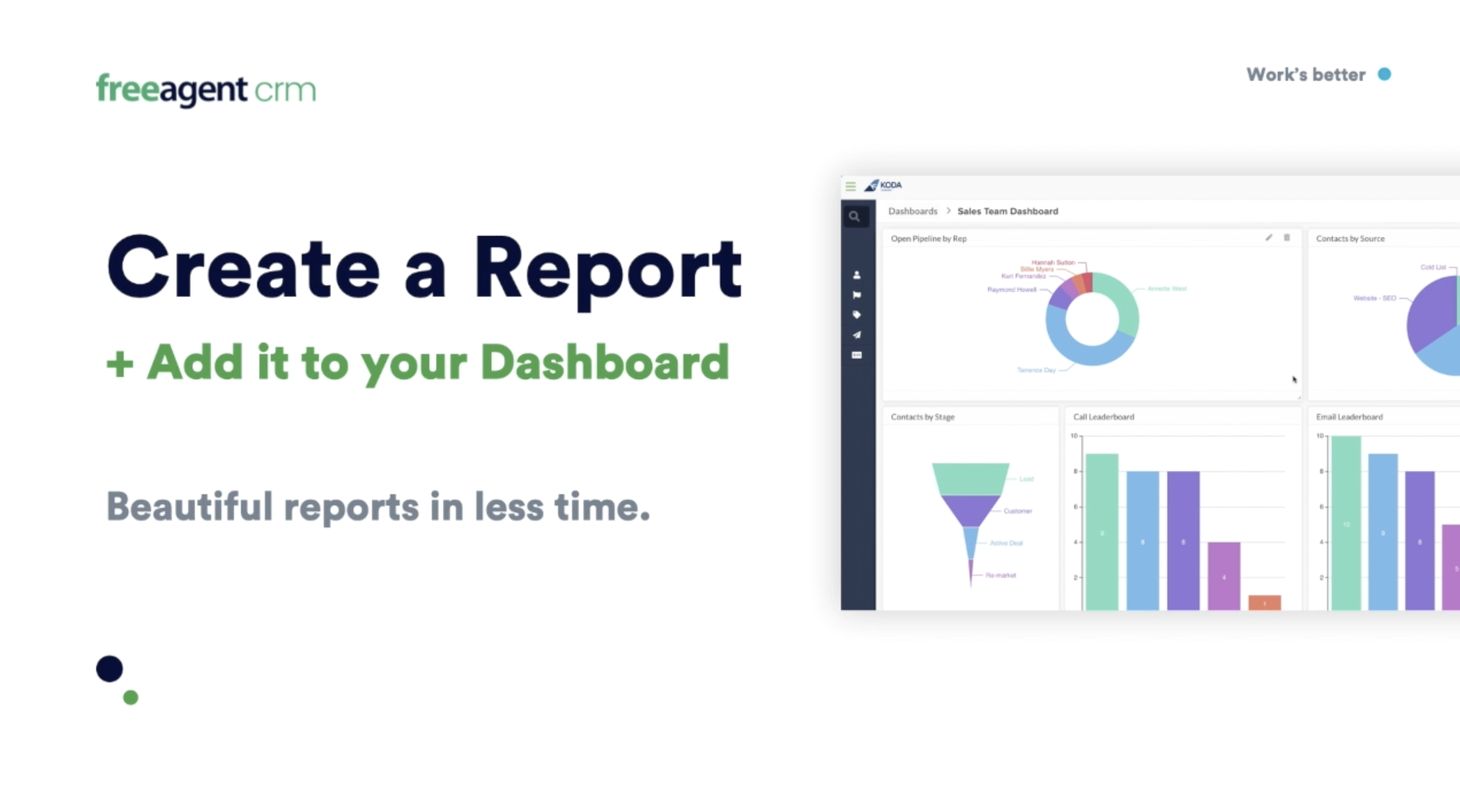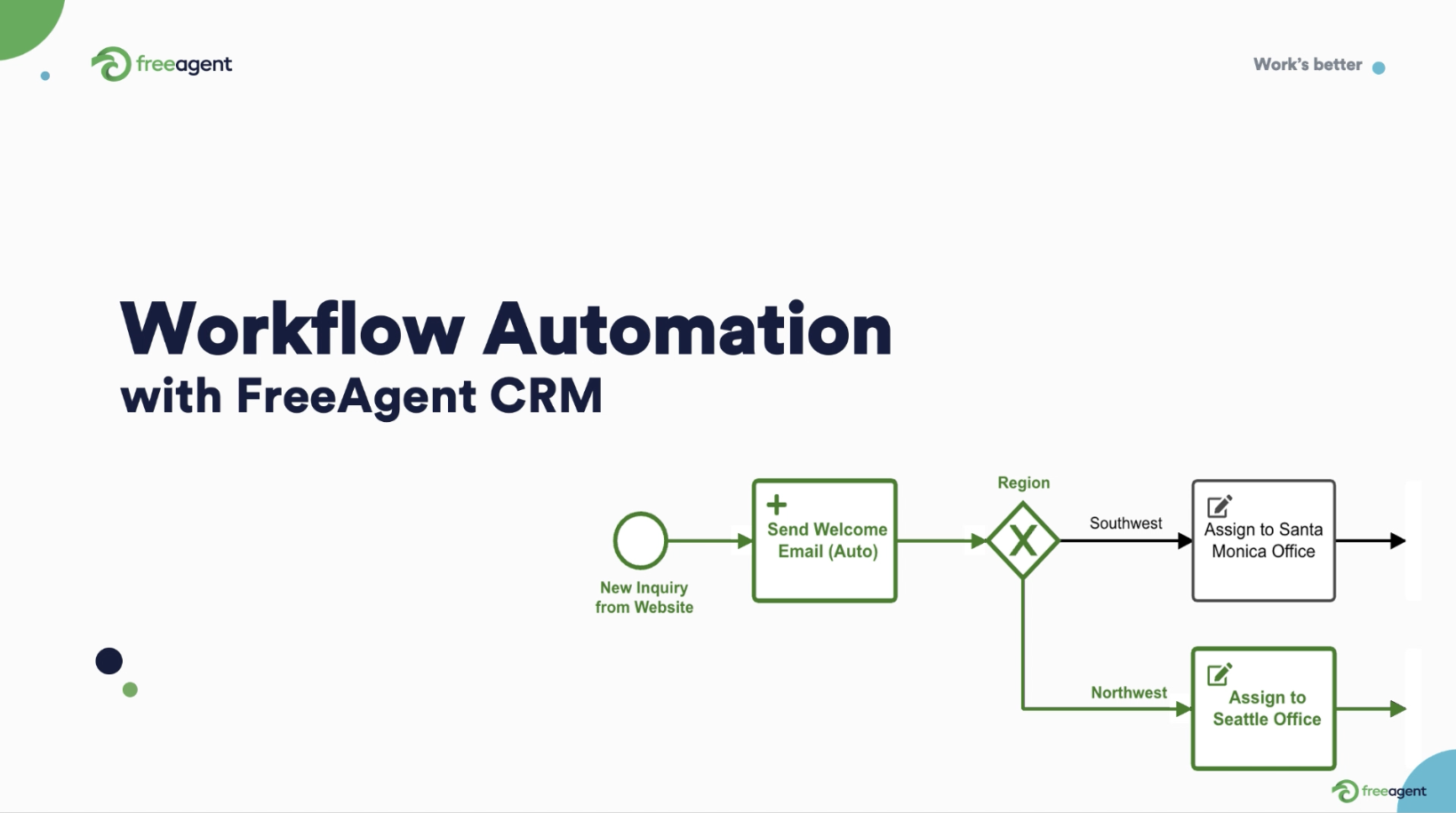The terms “customer experience” and “user experience” are often used interchangeably by businesses trying to understand how customers feel about their products.
While both terms are closely related, distinguishing between them is important for companies looking to improve either, or both.
In this article, we’ll explore:
- The differences between the customer experience and the user experience
- How to measure the customer experience and the user experience
- The ways in which the customer experience and the user experience work hand-in-hand
We’ll also highlight the ways in which CRM (customer relationship management) can make tracking, analyzing, and improving the customer and user experience better.
What is customer experience (CX)?
The customer experience is a measure of the overall impression a customer has of a company based on the interactions they have had with that company.
There are a variety of factors that contribute to the customer experience, including:
- The length and nature of the sales process
- The speed and efficiency of the delivery/onboarding process
- The quality of the product/service
- The ease and accessibility of the customer support process
- The friendliness and helpfulness of customer service representatives
A good customer experience can lead to:
- Increased customer loyalty and retention
- Greater upsell potential
- More customer referrals
- Better reviews and customer advocacy
- Improved brand perception
Given how these benefits can all affect a business’s bottom line, it is no surprise that improving the customer experience is a key growth strategy for many companies.
What is user experience (UX)?
The user experience is a measure of the overall impression a customer has while using a product or service, such as a software application, website, or physical good.
There are a variety of factors that contribute to the user experience, including:
- Ease of use
- Accessibility
- Visual appearance and design
- Performance and functionality
A good user experience can lead to:
- Increased customer satisfaction
- Greater adoption of software tools and applications
- More customer engagement
A better user experience can be a significant differentiator for companies selling products in competitive markets — especially products that are seen as cumbersome or difficult to use.
This places improving UX at the top of the list of priorities for many product and development teams.


The 3 key differences between CX and UX
Despite the clear links between CX and UX, there are several key differences that set them apart. Understanding these differences is essential to identifying ways in which to improve both.
- Focus- While both CX and UX seek to measure the experience a company provides, they focus on different aspects of that experience.
CX focuses on the experience a customer has whenever they interact with a company or brand. This can include:
- Website visits
- Sales calls
- Support interactions
- Events and public exhibits
Ux focuses on the experience a customer has when interacting with a specific product or service. It can even be further delineated into a specific tool or element of a product or service.
For example, you could measure the user experience of the email template builder of a CRM platform.
- Audience- While both CX and UX seek to measure the experience of consumers, the type of consumers they evaluate differs.
CX evaluates the experience of customers. Customer is a broad categorization that includes:
- Buyers
- Influencers
- Decision-makers
UX evaluates the experience of users. It is not uncommon for users to be disconnected from the buying process.
- Goals- While the goals of both CX and UX are to improve the overall experience, the aims of those improvements differ.
CX aims to improve experiences in order to increase:
- Customer loyalty
- Customer retention
- Customer advocacy
UX aims to improve experiences in order to increase:
- User adoption
- User engagement
- Usage
In summary, customer experience takes a macroscopic approach to assessing the overall experience, evaluating the customer journey as a whole — whereas user experience takes a microscopic approach, zooming in to assess the experience with specific products or tools.


Measuring the experience: Customer surveys
Measuring experience is not as straightforward as measuring success in other areas of your business. There are no hard and fast numbers for you to calculate that will tell exactly how people feel about your brand and products.
To overcome this challenge, many companies will use surveys to try and get customer feedback. These are often sent out after a purchase or interaction and request a score on a scale of some kind.
A request to rate your Uber driver from 1-5 stars after a ride is an example of this type of survey.
For companies looking for deeper insights, more detailed surveys such as NPS (Net Promoter Score) or CSAT (Customer Satisfaction) will ask for a rating on a series of questions related to a purchase or experience.
These surveys will often provide areas for customers to give written feedback as well, allowing even more insights to be gained.
Apple uses NPS surveys to evaluate the experience its customers have after visiting one of their stores or making a purchase from their website.
Measuring the experience: The metrics of CX and UX
As we mentioned earlier, there is no set of concrete numbers you can use to measure experience precisely. That said, there are some metrics that can give you an idea of how well you are performing.
- CX metrics- When evaluating the customer experience you want to look at metrics that measure customer loyalty. Some examples include:
- Churn rate- This is a measure of how many customers stop using a product or service over a given period of time.
A high churn rate suggests poor customer satisfaction, though it is not great at telling you why.
- Repeat purchase rate- This is a measure of how many customers continue to purchase your products after the initial sale.
A high repeat purchase rate suggests customers are happy with a product or service and with the overall customer experience.
- Customer lifetime value- This is a measure of how much revenue the average customer will generate over the entirety of their relationship with your company.
A high customer lifetime value score is perhaps the best indicator of overall customer satisfaction.
- UX metrics- When evaluating the user experience you want to look at metrics that measure the usage of a service or product. Some examples include:
- Adoption rate- This is a measure of how many customers who can use a product/service are using that product or service. Adoption rate is measured as a percentage.
A high adoption rate is a good indicator that a product is either liked or useful.
- Time-on-task- This is a measure of how much time it takes a user to complete a task in an application.
A good time-on-task score is relative to the task, but in general, the lower the better.
- Error rate- This is a measure of the number of errors a user encounters while performing a task.
A high error rate is not just a good indication of a poor user experience but also suggests a product needs refinement.


CX and UX work hand-in-hand
While it is important to understand the differences between the customer experience and the user experience, it is equally important to understand how they work together.
The user experience and the customer experience are interconnected, and each is an important component of the other.
For example, you can offer the best customer support in the industry, but if your product functions poorly this won’t be enough to save you.
On the other hand, you can have the best product on the market, but if your purchase process is difficult or frustrating, it will be tough to generate repeat business.
The best way to address this is through collaboration.
For example, if your product team can work closely with your sales teams, they can get a better understanding of the common objections or obstacles the sales team faces and use these insights to inform the development process.
Likewise, it is easier to sell a product if your salespeople understand the product and have an idea of the development roadmap. That way they can inform potential customers of exciting new features on the horizon while demonstrating a high level of expertise.
A CRM can help you analyze, track, and improve your CX and UX
A CRM is the best tool available for helping you analyze, track, and improve your CX and UX. A CRM achieves this through:
- A comprehensive view of the customer journey- A CRM platform captures and stores every interaction customers have with your company, including website visits, social media engagement, customer service inquiries, and purchases.
What’s more, it makes this information readily accessible to anyone in your organization who needs it, with varying layers of security that ensure its proper and effective use.
- Personalization and segmentation- CRM software enables companies to track individual customer behavior and preferences, and use this data to personalize the customer experience.
By tailoring the experience to specific customer’s needs, companies can improve customer satisfaction and loyalty.
- Data capture and reporting- No software tool on the market can compete with the data-capturing capabilities that a CRM platform provides.
Additionally, every metric we mentioned earlier (churn rate, adoption rate, time on task, etc.) can be calculated automatically by a CRM and turned into reports and visualizations that make the information easy to understand and share.
- Collaboration- CRM software can be used to facilitate collaboration between different departments within a company, such as marketing, sales, product/development, and customer service.
By sharing data and insights, teams can work together to improve both the customer and user experience.
FreeAgent is the best CRM for improving CX and UX
FreeAgent CRM knows firsthand how to create positive customer and user experiences. We do it every single day. Plus, FreeAgent is:
- Easy to use- FreeAgent’s modern user interface is quick to learn and easy to use, encouraging teams to work within the platform, driving up adoption and aligning your work processes.
- User-configurable- With FreeAgent, the power is in your hands. You can customize and personalize FreeAgent to fit the specific needs of your business and teams without external support.
- Flexible and adaptable- FreeAgent’s robust toolset and extensive integration library supports teams and businesses of all types and structures. Whatever challenge you face, FreeAgent can help.
To see FreeAgent in action, get a demo, and discover for yourself how we are leading the way to a better workday.







